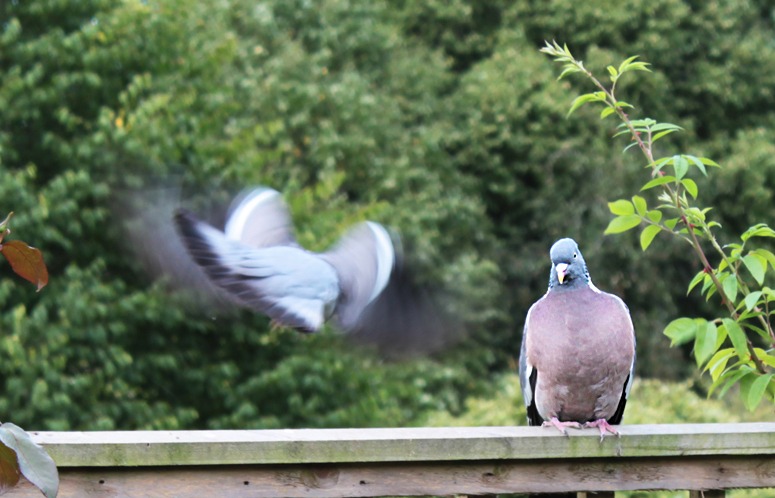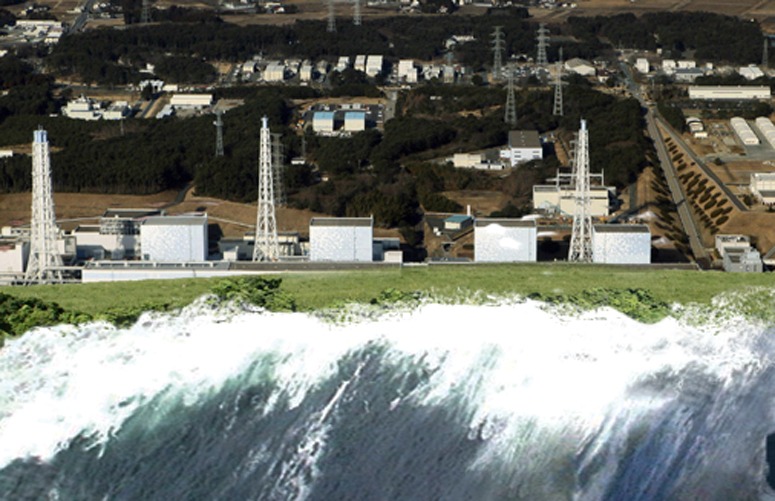With the European Parliament mandating under the amended ‘Energy Performance of Buildings Directive’ that all new buildings are to be ‘zero energy’ by 2019 the heat is on to produce architecture and environments that contribute to more sustainable energy equations with a zero or positive bottom line.
According to 2006 figures from the US Department of Energy, energy use in the building sector in the US continues to increase “primarily because new buildings are constructed faster than old buildings are retired.” Essentially the net building stock in the US is increasing. The government is not predicting any reduction in demand for new buildings and so is pursuing a Zero Energy agenda. The authors of the report ‘Zero Energy Buildings: A Critical Look at the Definition’ say “because design goals are so important to achieving high performance buildings, the way a ZEB goal is defined is crucial to understanding the combination of applicable efficiency measures and renewable energy supply options.”
Under the (Zero Energy Building) ZEB definition four aspects of energy are considered: 1) net-zero site energy 2) net-zero source energy 3) net-zero energy costs and 4) net-zero energy emissions.
Chicago architect Zoka Zola has designed a zero energy urban home with a green roof for passionate gardeners. The green roof is designated as the zone for the home to extend in the future and for the installation of renewable energy infrastructure. The accessible green roofs encourage “bio-diversity and absorb water runoff, while insulating the interior and protecting the roof from thermal shock and ultra violet deterioration.” The tree in the south facing garden provides both beauty and summer shade. The garden also provides the outlook from the rooms with large south facing windows.
With designers giving functional, structural and aesthetic consideration to the zero energy buildings the green future is looking bright.







